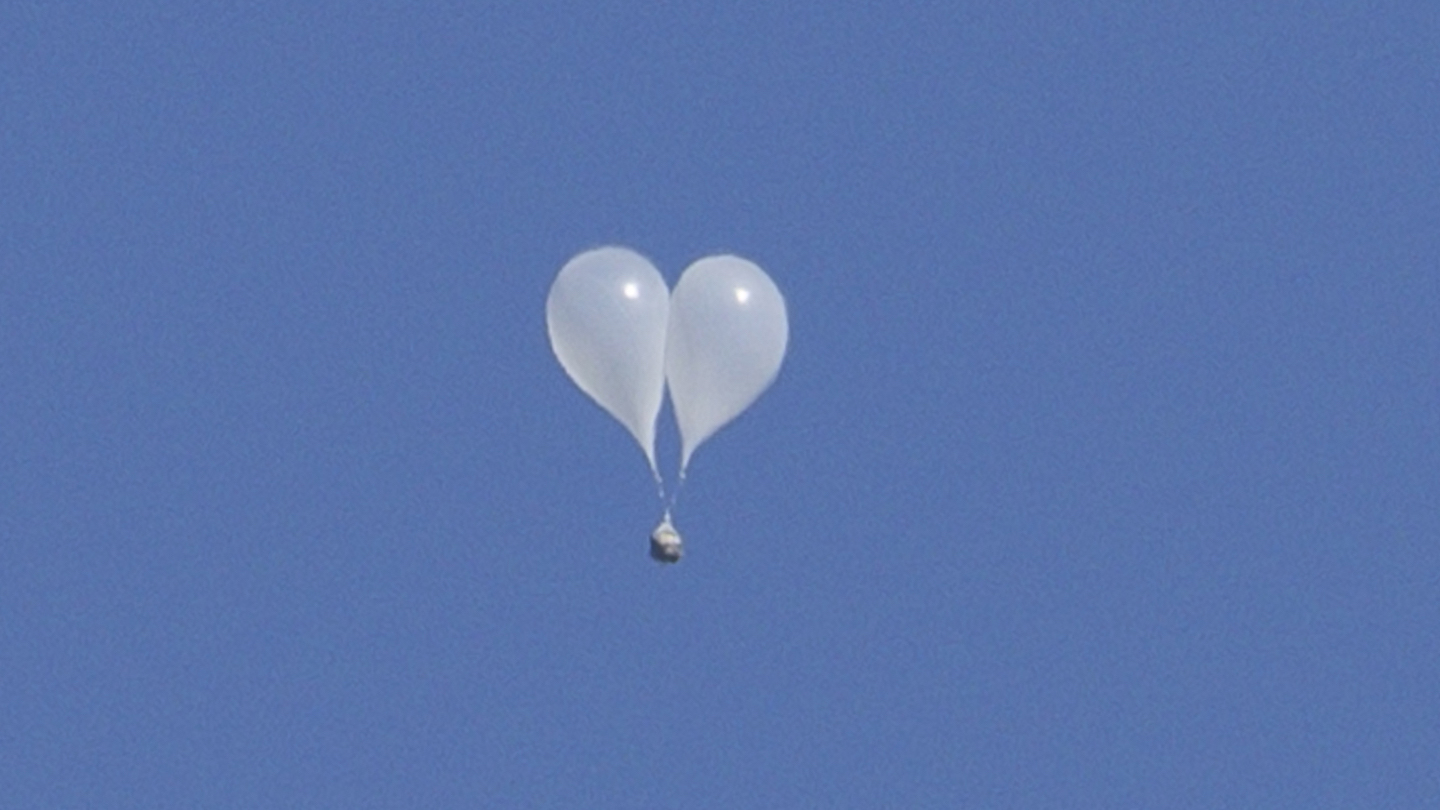Among the balloons being sent across the border from North Korea to the South are examples carrying GPS transmitters, according to the Republic of Korea military. Waves of excrement and trash-filled balloons have been sent over South Korea since the summer, but the latest development suggests that the North is also using them for limited intelligence-gathering, perhaps in preparation for future contingencies, or to develop more balloon-based military capabilities. The announcement comes only days after Pyongyang accused the South of sending multiple waves of drones over the North Korean capital to drop propaganda leaflets, as you can read about here.
South Korea’s Joint Chiefs of Staff says that GPS transmitters were found in some of the North Korean balloons. Although it’s unclear when exactly these balloons were sent, there have been no previous reports of them carrying such devices, since the current campaign began.
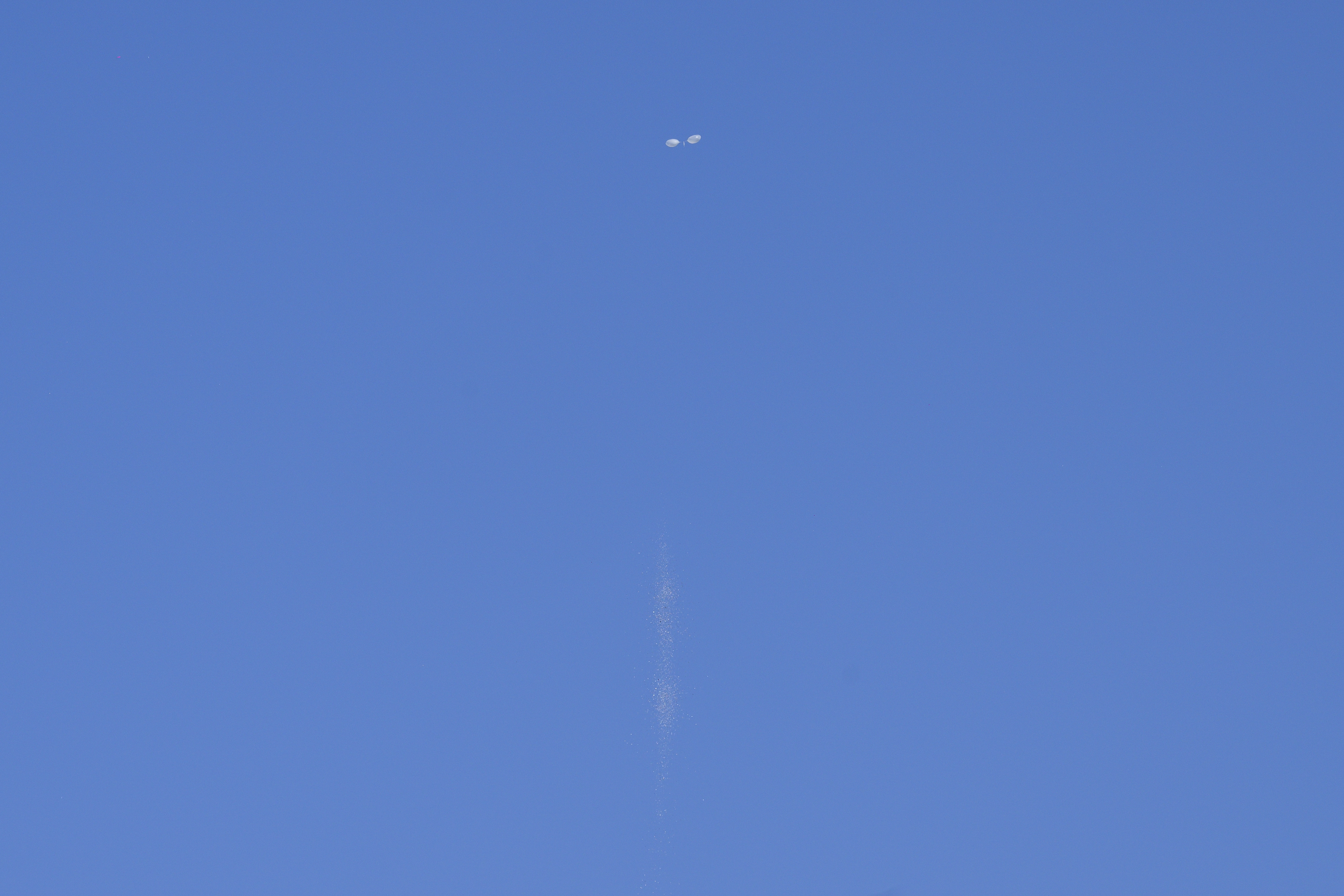
A South Korean defense official said the military is “tracking North Korea’s possible development of balloon flotation technology and preparing for contingencies.”
The implication is that North Korea has been using the GPS data sent back by appropriately equipped balloons to study their flight data.
A balloon of this kind cannot have its course altered based on returned GPS data, but the equipment could have other implications of varying degrees of impact.
Tracking balloon movements over time would show North Korea the kinds of routes they are taking, how far they can travel, and at what speeds.
By their nature, the balloons are very likely to be intact once they come down — provided they are not shot down — meaning that the signal can still be transmitted, at least until it descends below the recieving station’s horizon. Local cellular networks could also be leveraged for sporadic communication.
However, if the balloons are brought down by South Korean air defenses, resulting in a sudden loss of connectivity, it’s the resulting data could also help to highlight potential strong and weak spots in the country’s defensive coverage.
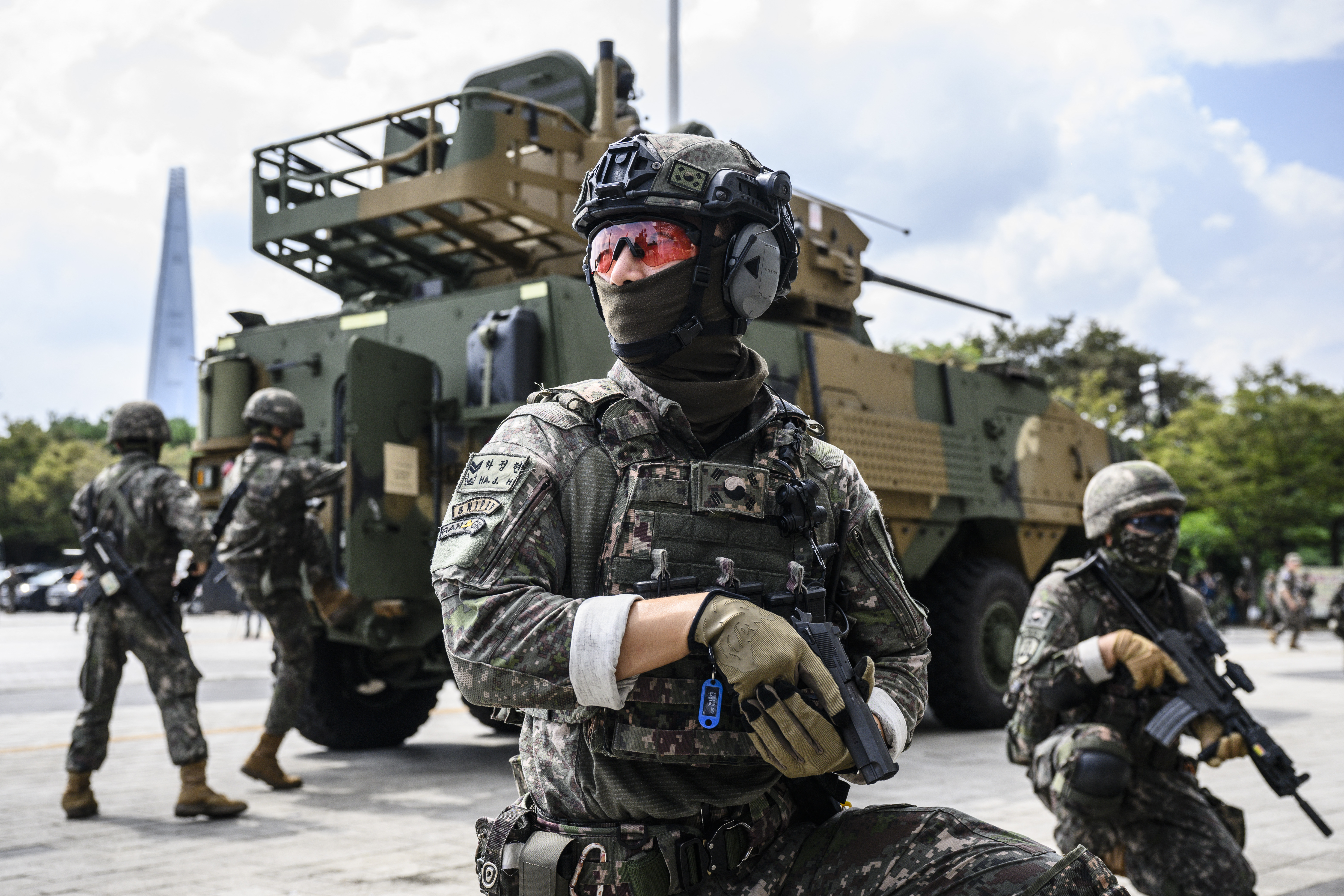
Perhaps more significantly, the development could point to North Korea working on other new capabilities for its balloons.
The utility of balloons for surveillance was clearly highlighted by a spate of incidents over North America in early 2023, including a high-altitude balloon originating from China. It’s a reality TWZ has warned about in great detail before those instances, as well. If North Korea were to fit its balloons with intelligence-gathering equipment, this could provide valuable data.
For example, fitting balloons with basic onboard electronic surveillance systems would allow them to send back signatures of air defense systems they detect and their azimuths. While the data might be simple, multiple balloons could allow emissions to be rapidly triangulated, which would help locate air defense radars and other critical nodes, for instance.
At the same time, a balloon equipped to send back such data would also generate electromagnetic radiation, revealing its presence and location to electronic surveillance measures, although this can be mitigated to a degree by sending very simple data streams in small bursts and leverage commercial satellite communications is another possibility.
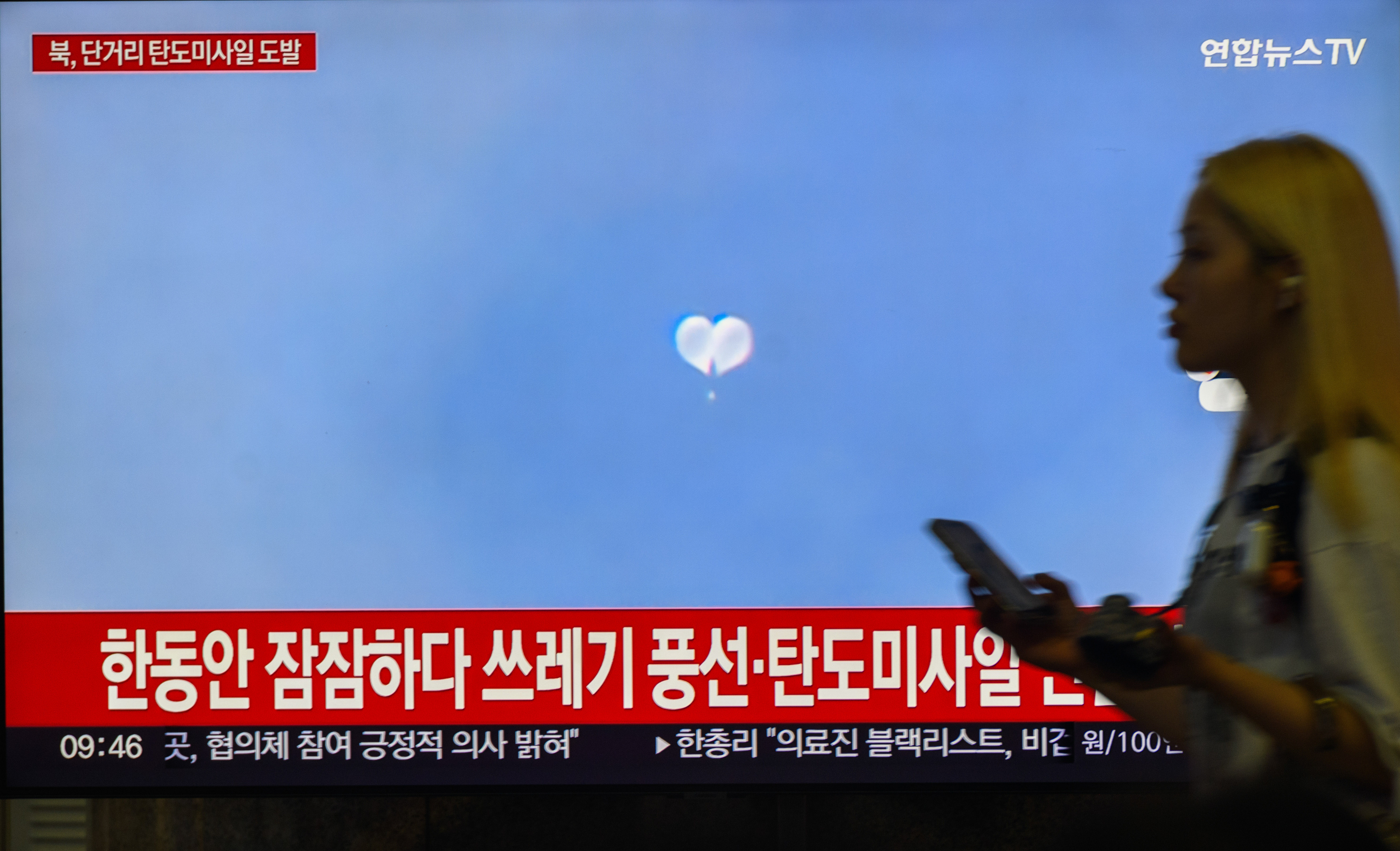
More worryingly, North Korea may be studying the flight paths of its balloons with a view to providing them with lethal payloads. In the past, we have explored how such balloons could be deadly if filled with explosives, incendiary devices, radioactive materials, or chemical weapons, for example.
GPS data, if comprehensive enough, could help North Korea develop tactics for sending balloons to the South with payloads of this kind, too. GPS can also be used to order the release of a balloon-borne weapon over certain predetermined areas.
A campaign of this kind would not be accurate, but it would cause mayhem and havoc throughout the South, a primary goal of the North Koreans and something we explored in depth back in 2017. Were Pyongyang to launch a major cross-DMZ conflict, this could be just the kind of tactic that it would look for in combination with deep assaults into the South.
Using balloons for lethal attacks is hardly new.
Balloons carrying bombs and incendiary devices were a feature of World War II. As we have previously noted, Ukraine today also uses inflatable objects to drop explosives on Russians.
Another option for North Korea would be to use balloons to help overwhelm the South’s formidable air defenses, in times of conflict. This would parallel Russia’s use of balloons with radar reflectors to stimulate, confuse and deplete Ukrainian air defenses. Just the fact that North Korea has displayed increasingly sophisticated use of basic balloons against the South makes them a real threat during a conflict, and thus would suck up precious air defense effectors.
This is all in great contrast to North Korea’s balloon campaign up until now. This has involved payloads of trash as well as “fecal matter and other contaminants.” As such, they have had mainly nuisance value, as well as providing a signal of Pyongyang’s ability to cause disruption in the South using the kinds of ‘gray zone’ tactics that inhabit the space between peace and war.
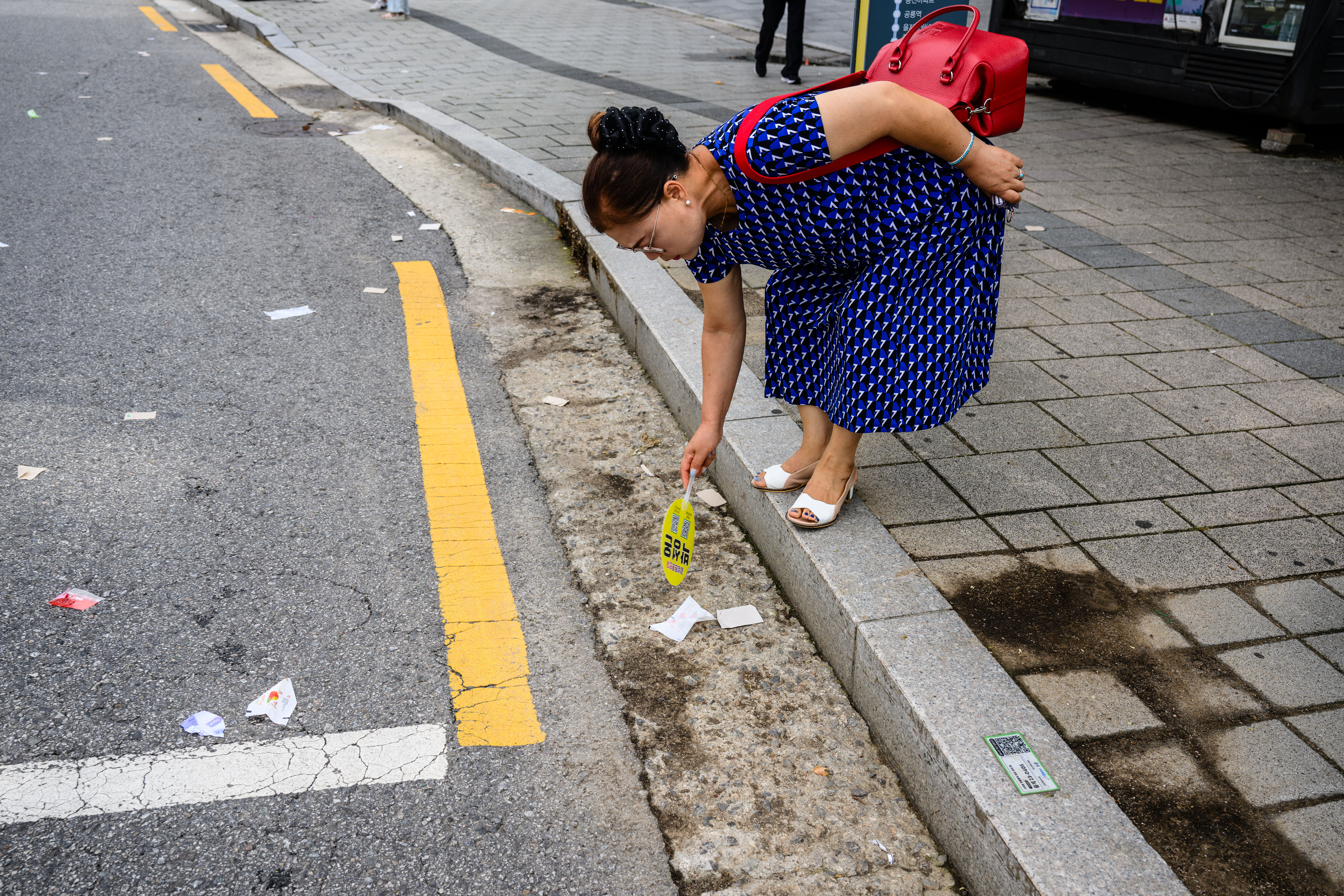
The number of balloons involved is also significant, with South Korean reports stating that some 260 balloons were launched by the North in one overnight action last May. This figure reflects the fact that balloons are relatively cheap and simple, making them more attractive for these kinds of operations.
Concerns about the possible dangerous payloads have led to South Korea’s military deploying “chemical, biological, radiological and nuclear response teams and bomb disposal units to collect the objects for a detailed analysis,” according to Yonhap.
As far as North Korea is concerned, it has said that its balloon campaign is a response to propaganda balloons launched from the South, activities that have been primarily attributed to activists and North Korean defectors. Such balloons allegedly carry mainly aid parcels and leaflets condemning the North’s leadership.
Last week, however, reports emerged of drones being launched from South Korea, apparently with the same purpose.
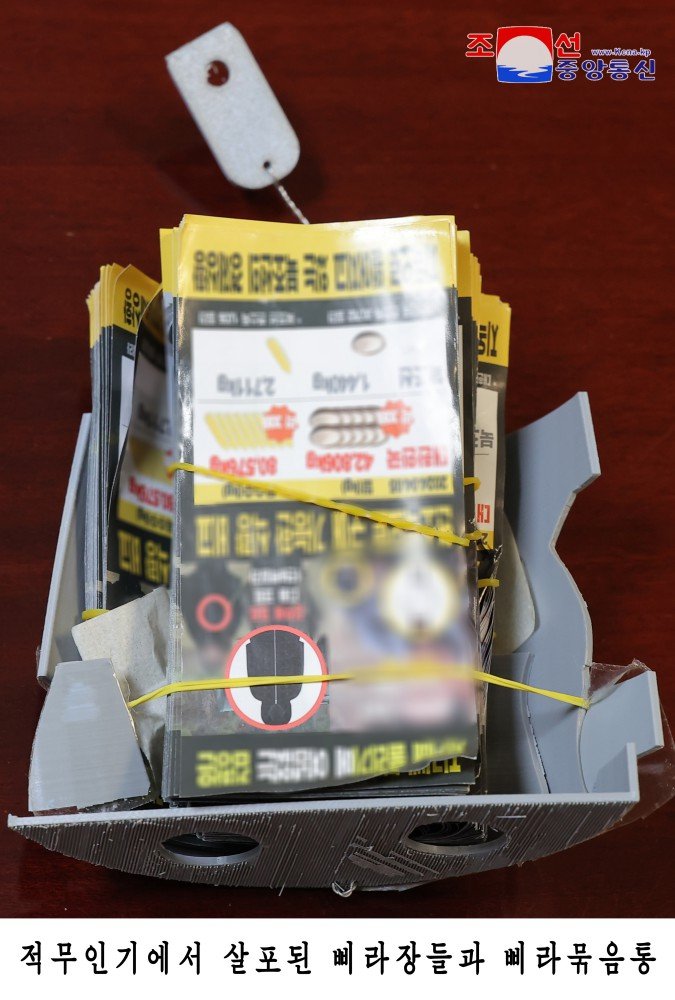
As TWZ reported at the time, Seoul didn’t admit responsibility for launching the leaflet-dropping drones, although this was a notably sophisticated operation for a group of volunteers or defectors — at least compared to drifting balloons. In particular, the drones would need considerable range, payload, and navigation capabilities to have specifically targeted Pyongyang and to have done so over several nights.
At this point, it’s impossible to say whether North Korea’s GPS-equipped balloons are just an experiment or the sign of something more significant in the works. However, it is a useful innovation and may well not be the last we will see, as Pyongyang continues its balloon campaign amid growing tensions on the peninsula.
Contact the author: thomas@thewarzone.com
